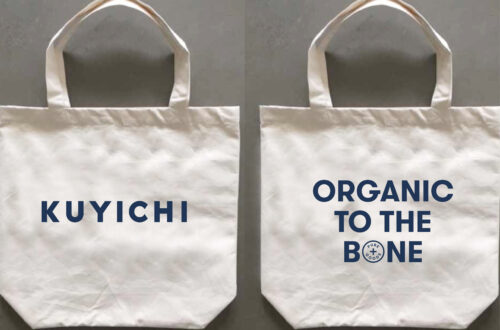Blue jeans, ubiquitous in wardrobes worldwide, symbolize both fashion and environmental concerns. Despite their popularity, the traditional production methods of denim have led to significant ecological damage. However, recent advancements in dyeing processes offer promising solutions to mitigate this impact. By exploring innovative techniques, the fashion industry strives to embrace sustainability without compromising style. In this article, we delve into the environmental challenges of denim production and the potential of emerging technologies to address them.
Environmental Impact of Blue Jeans:
Blue jeans, a ubiquitous garment in fashion, carry a significant environmental footprint primarily due to the conventional dyeing process. The production of denim involves the use of synthetic indigo, which requires harsh chemicals for fixation onto the fabric. This process poses environmental risks such as water pollution, chemical exposure for workers, and carbon emissions.
Innovative Dyeing Method:
Researchers in Denmark have developed a pioneering dyeing method that offers a sustainable alternative to traditional denim manufacturing. This method employs enzymes instead of toxic chemicals to facilitate the dyeing process. By utilizing indican, a precursor to indigo found in certain plant species, the new approach minimizes environmental harm while maintaining the iconic blue hue of denim.
Indican: A Sustainable Solution:
Indican, derived from plants of the Indigofera genus, serves as the cornerstone of the eco-friendly dyeing process. Through enzymatic reactions, indican can be converted into indigo without the need for harsh chemicals. This sustainable solution not only reduces the environmental impact of denim production but also promotes the use of renewable resources.
Environmental Benefits:
The adoption of the enzymatic dyeing method yields substantial environmental benefits compared to conventional practices. By eliminating toxic chemicals and reducing water usage, this approach significantly lowers carbon emissions and minimizes pollution. Furthermore, it enhances the overall sustainability of denim manufacturing, aligning with global efforts towards environmental conservation.
Overcoming Sustainability Hurdles:
While the new dyeing method offers promise, challenges remain in scaling up production and ensuring economic viability. Manufacturers must navigate logistical complexities and invest in research and development to optimize the technology. Collaboration among industry stakeholders is essential to address these hurdles and accelerate the transition towards sustainable denim production.
Supply Chain Considerations:
Implementing sustainable practices across the denim supply chain requires careful consideration of various factors. Brands need to source eco-friendly materials, adhere to regulatory standards, and prioritize ethical labor practices. Establishing transparent supply chains and fostering partnerships with suppliers are vital steps towards sustainability.
Consumer Awareness and Education:
Educating consumers about the environmental impact of denim production is crucial for driving demand for sustainable alternatives. Brands must communicate transparently about their sustainability initiatives and empower consumers to make informed choices. Awareness campaigns and educational initiatives can play a pivotal role in fostering a culture of sustainability among consumers.
Regulatory Compliance:
Compliance with environmental regulations is imperative for sustainable denim manufacturing. Brands must adhere to stringent guidelines governing wastewater management, chemical usage, and waste disposal. Investing in robust compliance mechanisms ensures responsible environmental stewardship and regulatory adherence.
Cost Considerations:
Balancing sustainability objectives with economic feasibility presents a significant challenge for brands. While sustainable practices may entail higher initial costs, long-term benefits such as enhanced brand reputation and reduced environmental impact justify the investment. Brands must carefully evaluate cost-effectiveness and prioritise sustainable solutions that deliver tangible value.
Future Outlook:
Despite the challenges, the future of denim manufacturing holds promise for sustainable innovation. Continued research and development, coupled with industry collaboration, will drive progress towards a cleaner, more environmentally responsible denim industry. By embracing sustainable practices and prioritizing environmental stewardship, the industry can chart a path towards a more sustainable future.
Conclusion
The quest for sustainable denim manufacturing is met with promising advancements in dyeing technology. Enzymatic and photolytic methods show potential for reducing environmental harm, though scalability and cost-efficiency remain key challenges. Continued innovation and industry collaboration are essential to realizing widespread adoption and achieving a greener future for denim production, benefiting both the planet and future generations.






